
At Little Yellow Bird we’re passionate about designing circular workwear that is built to last and fit for purpose, reducing the environmental impact of fashion. We consider the way our cotton is grown, the manufacturing process and production of each garment, right through to how its recycled at the end of it's useful life. We collaborate with companies to produce apparel without compromise!
Quick Care Guide - Help Clothes Last For Longer
- Always check and follow the care label
- Spot clean stains, wash cold and use shorter cycle times
- Wash inside out with like colours
- Line dry in shade
- Do not tumble dry
- Warm iron on reverse
- Repair and/or recycle with us
Taking care of your clothes is vital to making sure they look their best and last longer, here are our top 12 care tips so you can get the most out of your Little Yellow Bird workwear. Looking for how to care for you branded apparel, embroidery and screen prints check out step 11.
1. Check The Care Label And Button Up
Those little care labels attached to your clothes are your best friends! Take a second to read the washing instructions (by law, all garments must have a label telling you how to care for them) and while these instructions can be treated more as gentle guidelines some of the time, chances are specific testing has been done for you to make sure the garment lasts as long as possible.
Buttoning, zipping or otherwise closing the fastenings of your garments prior to washing helps avoid them warping during the cycle, as well as stops them from damaging other, more sensitive garments in the load.
2. Sorting
It ALWAYS pays to separate your whites and darks if you want that beautiful white Tui tee to stay glowing. Group similar colors together to avoid color bleeding disasters. Separate delicate fabrics from sturdier ones, as gentle garments require extra care during laundering.
3. Spot Clean
We all find ourselves with the odd food stain now and again. Consider spot washing those soup dribbles instead of washing the entire garment (hint: speed is your friend! Getting to a stain before it dries makes clean up so much easier). Use a stain remover or create a gentle solution with water and mild detergent to pre-treat stains.
4. Wash Cold
Very few garments actually require a hot wash in order to get clean. Not only is it kinder on the planet to run that cold cycle, it prolongs the colour and life of your garments.
5. Wash Less
Unless it is noticeably smelly or grubby, you do not need to wash everything after one wear. Revolutionary, we know. You’ll save oodles of water, masses of time and prolong the life of your clothes exponentially by hanging that top back up for tomorrow. And when you do wash, wash garments inside out.

6. Hand-Washing
For delicate items or clothes with specific care requirements, hand-washing is definitely the way to go.
Follow these steps:
- Fill a basin or sink with cool water.
- Add a small amount of mild eco detergent and mix gently.
- Submerge the garment and agitate the water gently.
- Let it soak for about 10-15 minutes.
- Gently rub any stained areas between your fingers.
- Rinse thoroughly with cool water until all soap is removed.
7. Repair
Learn how to repair your clothing! Whether it’s fixing a small tear, replacing a button or mending a seam there are plenty of easily accessible resources out there to help with this. All valuable skills that can extend the life of your workwear and reduce waste at the same time.
8. Catch Those Nasties
Like it or not, most of us have some polyester in our wardrobes. By now, we all know that each wash of a polyester garment (including recycled polyester) sends thousands of tiny non-biodegradable particles into our water system and eventually to sea - stop the flood by investing in a low-tech solution. Limit the purchasing and usage of these, but if you have to wash them, we love the Cora Ball!
9. Freeze
(works best for jeans and woolies)
Did you know that most of what makes a garment smell a bit funky is in fact bacteria? Bacteria loves a warm, damp climate, so an effective way to kill the little guys is by popping your clothes into your freezer overnight. Pop those pants into a zip-lock bag and wake up to fresh-smelling clothes without ever having to approach the washing machine.
10. Get Outside, Champ!
Sun is king and wind is queen when it comes to drying clothes, there’s nothing like grabbing a fresh tee off the line still warm from the sun. Just make sure you turn garments inside out to avoid fade, and hang in shade where required by the care instructions.
11. Care for Your Branding
Looking After Your Embroidery, Supacolour and Screen Printed Apparel
You’ve got your new apparel and you’re happy with the finish. Here are some top tips to care for and prolong the life of your branded apparel! To preserve your brands Embroidery, Supacolour and Screen Printing and keep it looking fresh for longer make sure to:
- Hand wash when possible or gentle machine wash, turn garment inside out and wash in cold water, reduce cycle length
- Iron on the reverse side using a low heat setting and pressing cloth, avoid steam or any high heat setting
- Choose a mild eco friendly detergent
- Allow to air dry - to prevent shrinking
- Wash with like colours
- Avoid tumble drying, dry cleaning or prolonged storage in direct sunlight
- Exposing to prolonged rubbing against other surfaces, can cause damage to all applications.
12. Recycle With Us At End Of Life
Did you know if you work for or own a business that uses LYB workwear you can recycle you and your teams garments for free at the end of life? We want to make sure all LYB is kept out of the bin.
We are testing and piloting multiple textile recycling solutions. This includes; repairing, up-cycling, down-cycling (into things like pet beds, home insulation and carpet underlay), and also recycling textiles into yarns for new clothing.
If you have all natural fibre clothing from other brands that you would like to recycle you can purchase our Take Back Bag or organise a drop off - we charge per kilo. For any other textile recycling requests please enquire here.
And know that most sustainable garment is the one you already own so it pays to make your clothing go the distance by adopting some of these simple practices!



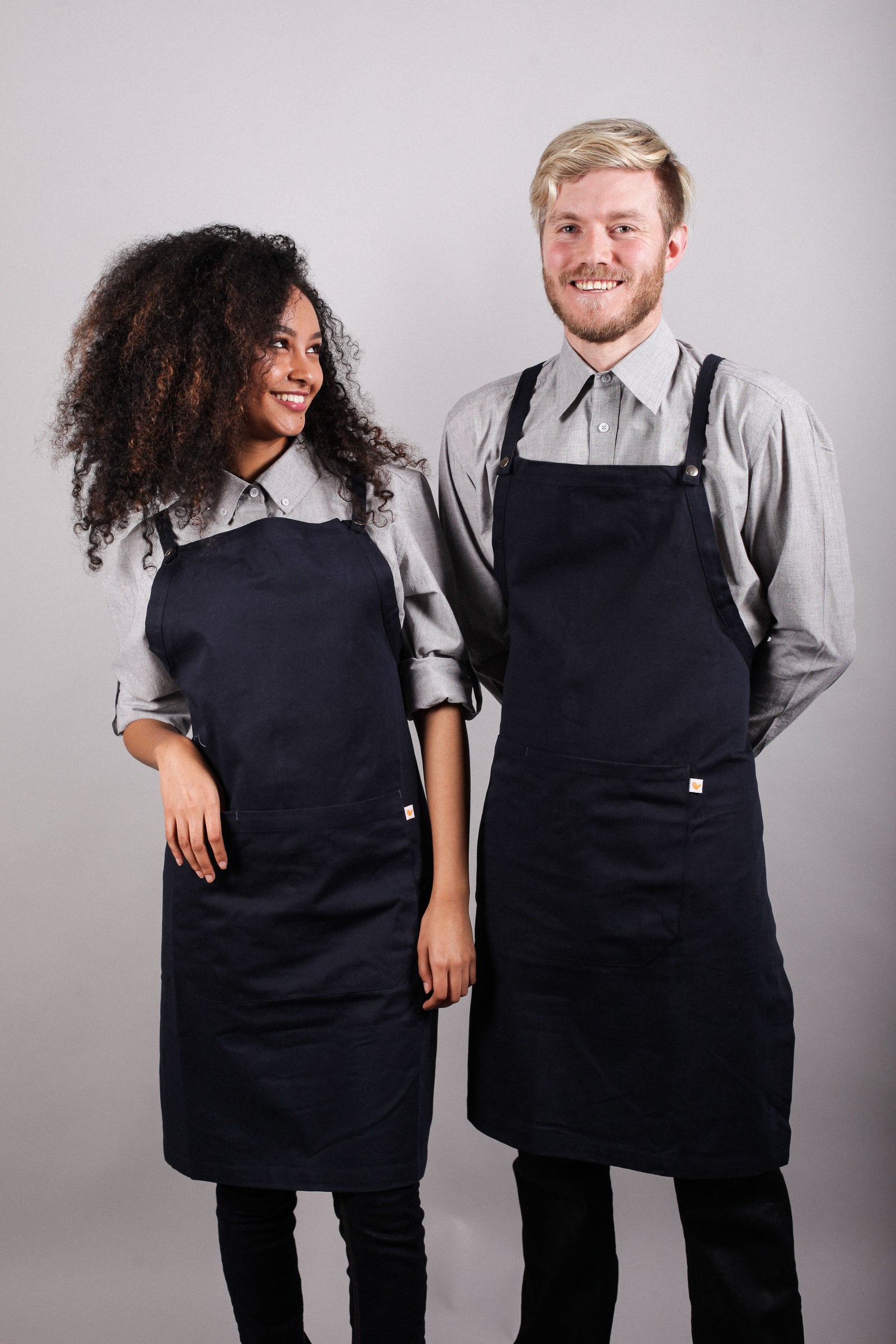
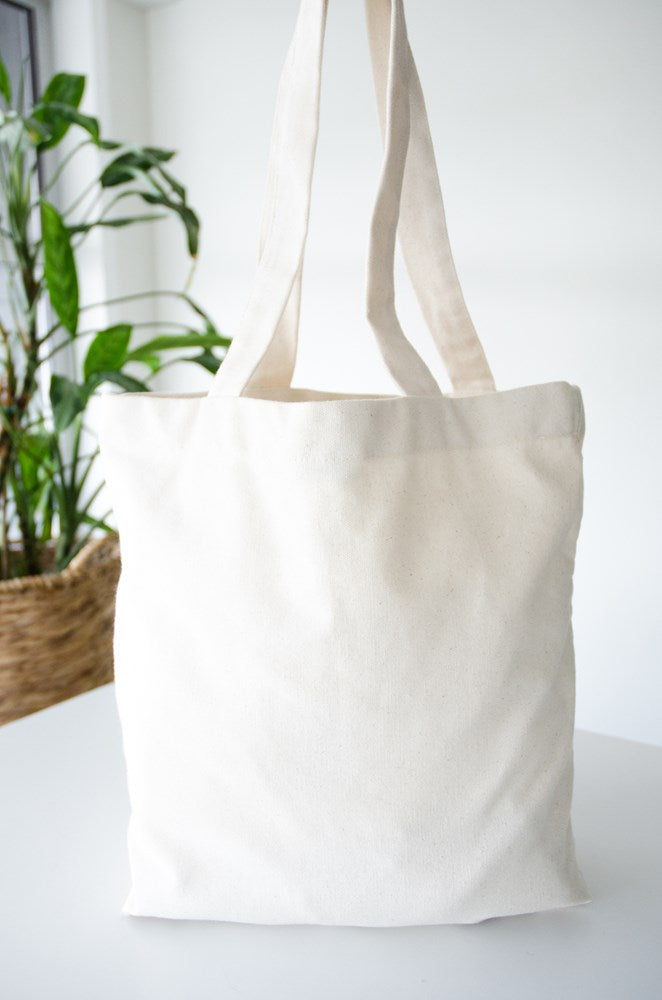
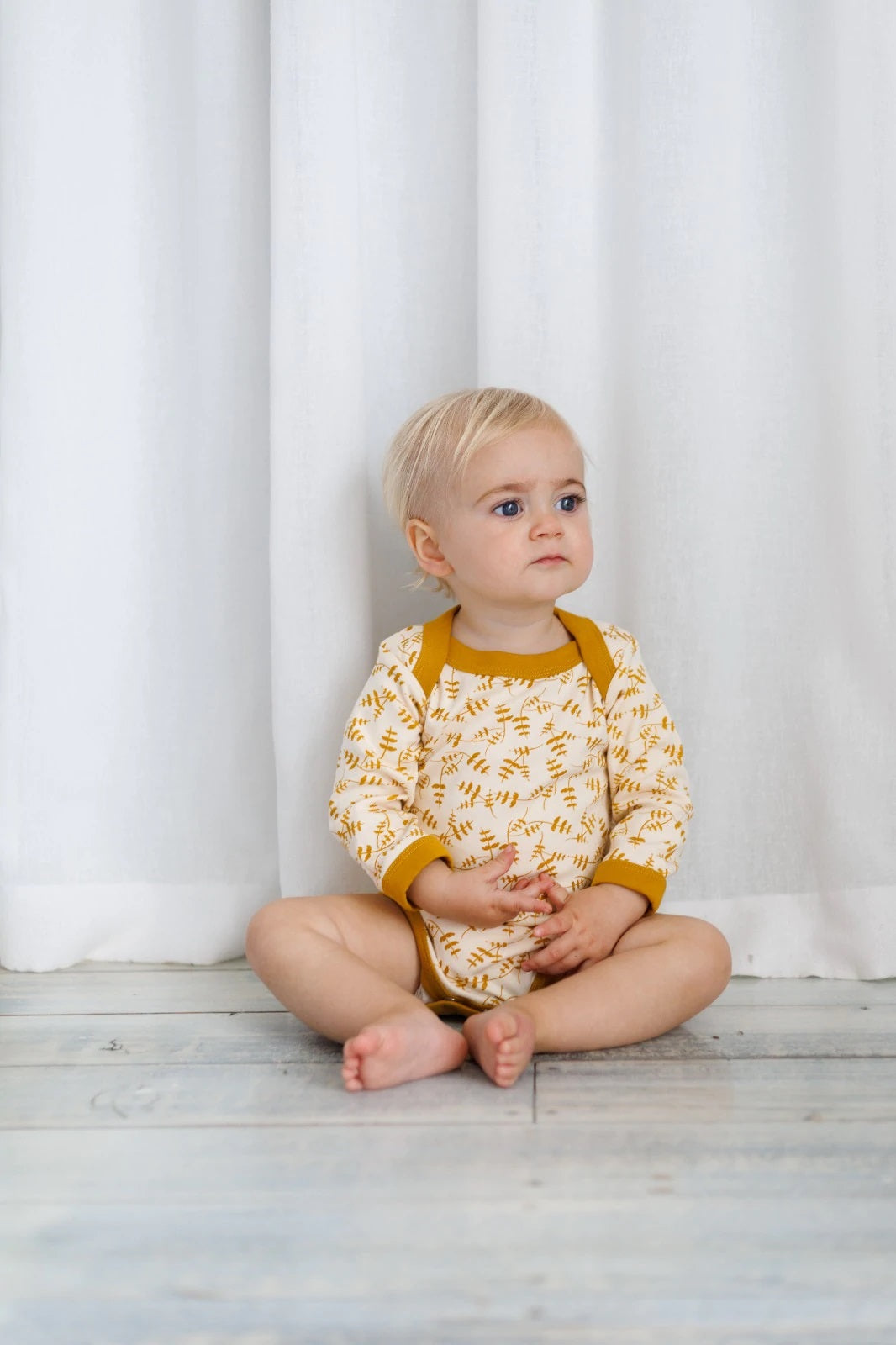

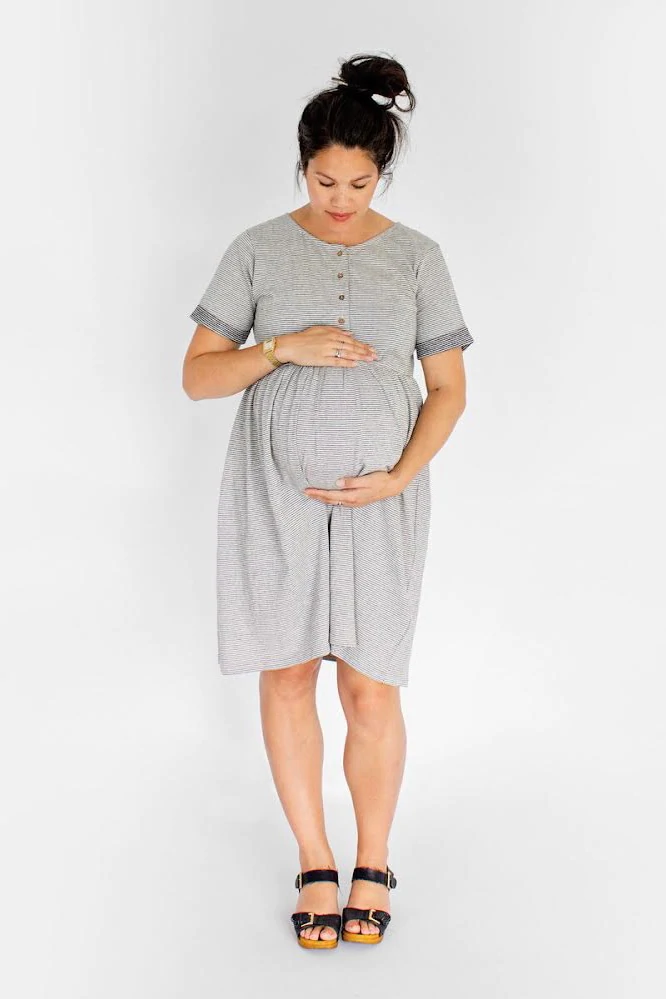


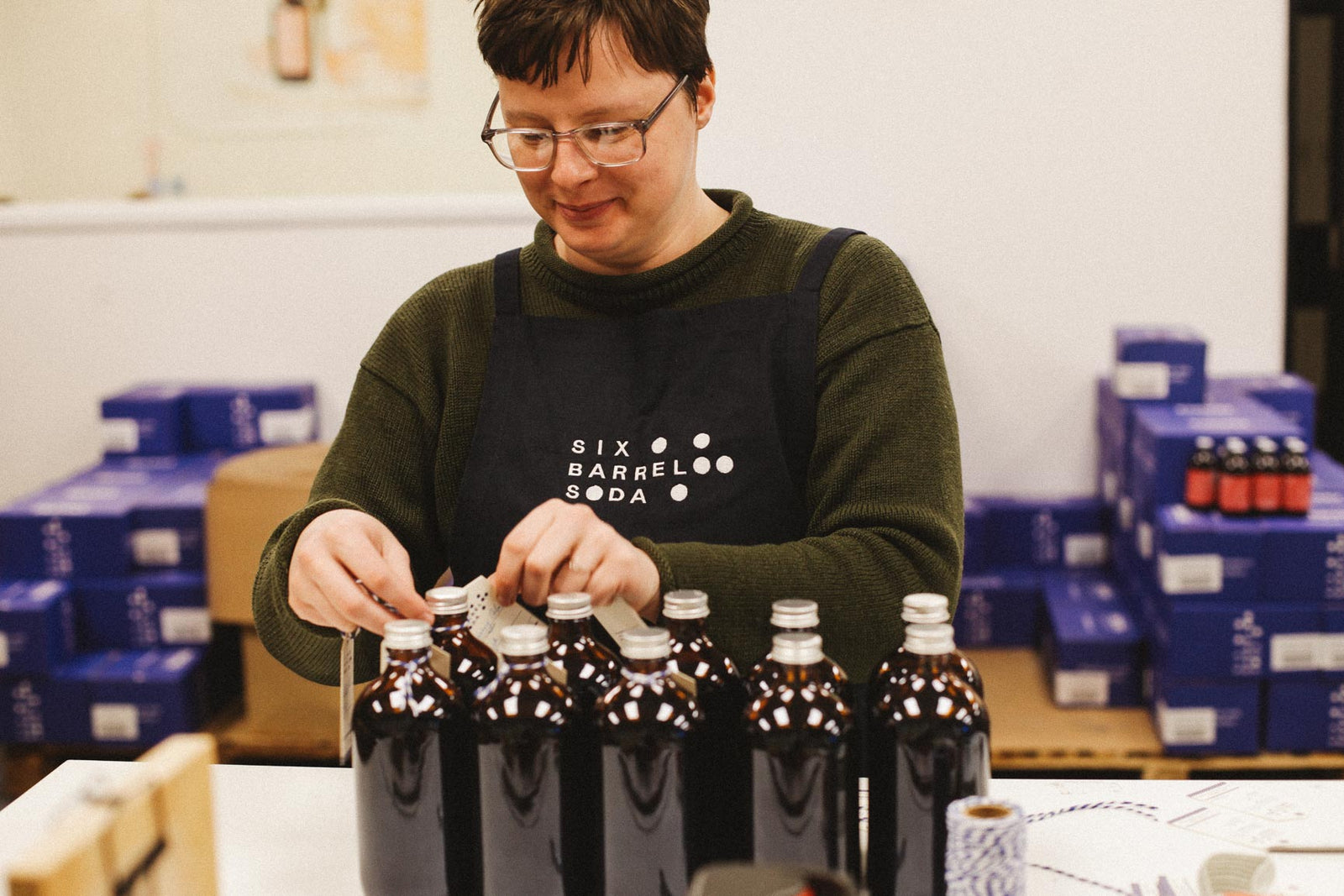

Leave a comment (all fields required)